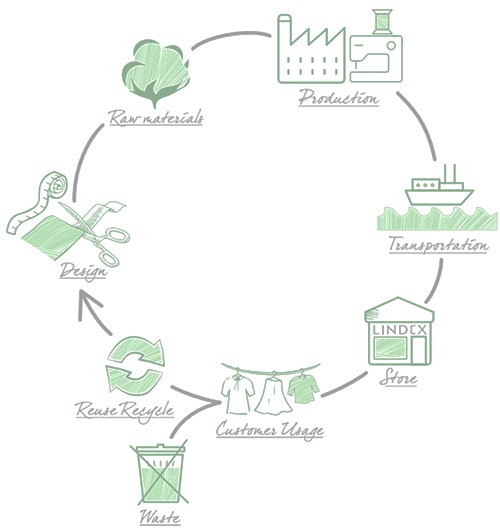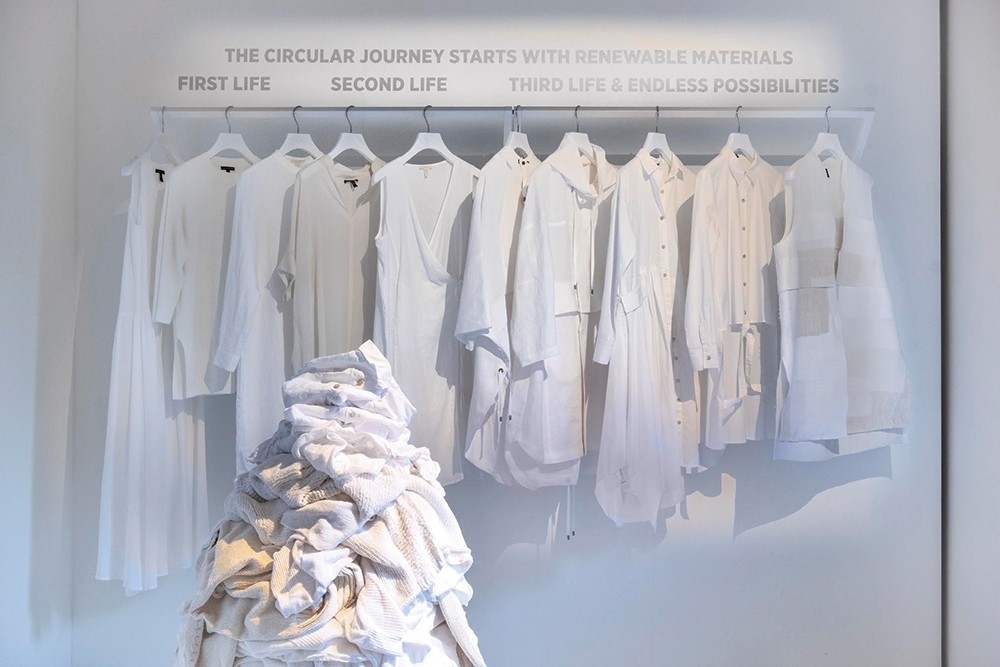The global fashion industry is the second most polluting industry in the world; its damaging effects have been confirmed by reports, indicating that CO2 emissions caused by each garment are 18% due to fiber production, 16% due to textile production, 39% due to consumer behavior, including washing until the garment is eventually discarded. This has led several designers and fashion houses to join the "sustainable fashion" or "environmentally-friendly fashion" trend, which aims to produce and market sustainable fashion, taking environmental, social, and economic aspects into account.

Today, the sustainable fashion industry has gone far beyond just the use of organic cotton. Many fashion houses have launched entire lines that follow the standards of protecting the environment from the industry's polluting remains, within a framework of environment and natural resources preservation. The sustainable fashion house concept is inspired by natural materials, by not using leather or any other animal material in designs, in addition to innovative methods of creating sustainable and environmentally-friendly fashion.
Specialists of the industry have invented environmentally-friendly fabrics and researched alternatives to animal material. Some fashion houses have refrained from using leather and fur, employing the most environmentally-friendly techniques and practices, including the use of Lyocell, which is a type of fabric that matches cotton and is made from Eucalyptus trees without using any chemicals. Many fashion houses specialized in sustainable fashion have introduced modern designs that respect the environment at the same time, such as designs made of leather, fur, and wool that are from plant sources imported from British, French, Italian, and Japanese mills.
The majority of major fashion companies continue to work towards sustainability; they are also more and more interested in the consumers, encouraging them to reuse and recycle. As a result, a considerable portion of female consumers are aware enough about this fashion. You may also be interested in reading How Sustainable is the Fashion Industry?
Some brands also now aspiring to develop sustainable and elegant clothes using innovative and recycled material, such as nylon, cardboard, rubber, and cork. Some fashion houses where sustainability occupies a big portion of their principles are searching for plant leathers made from plastic layers. There are also those specialized in the manufacture of luxury footwear, where each piece is designed individually by local artisans, combining the artisanship of high quality plant material and recycled materials that are treated through sustainable means.
Long-term sustainability could be achieved by decreasing the environmental impact resulting from design and production, and the positive impact this has on the consumers. That is why all fashion companies need to participate in a sustainable work plan; they should also be subject to a licensing system that entails objectives related to carbon, waste, and water. That is in addition to encouraging brands to produce in a more sustainable manner, to move towards a cleaner and greener future. You may also like to read Green is the New Black.
Sustainable fashion aims to launch creative designs that align with professional values and high quality, taking into account the rights and wellbeing of all living creatures. This includes how clothes, footwear, accessories, and other fabrics are produced and consumed; that is why fashion companies need to contribute to the encouragement of more sustainable consumption patterns. Fashion houses can make their clients be proud of what they wear; not just aesthetically, but also through the message the designs convey, which is the positive impact on the environment and society.

References
about.lindex.com
chronogram.com
greenstrategy.se
jamalouki.net
nationalgeographic.com
thesustainableangle.org